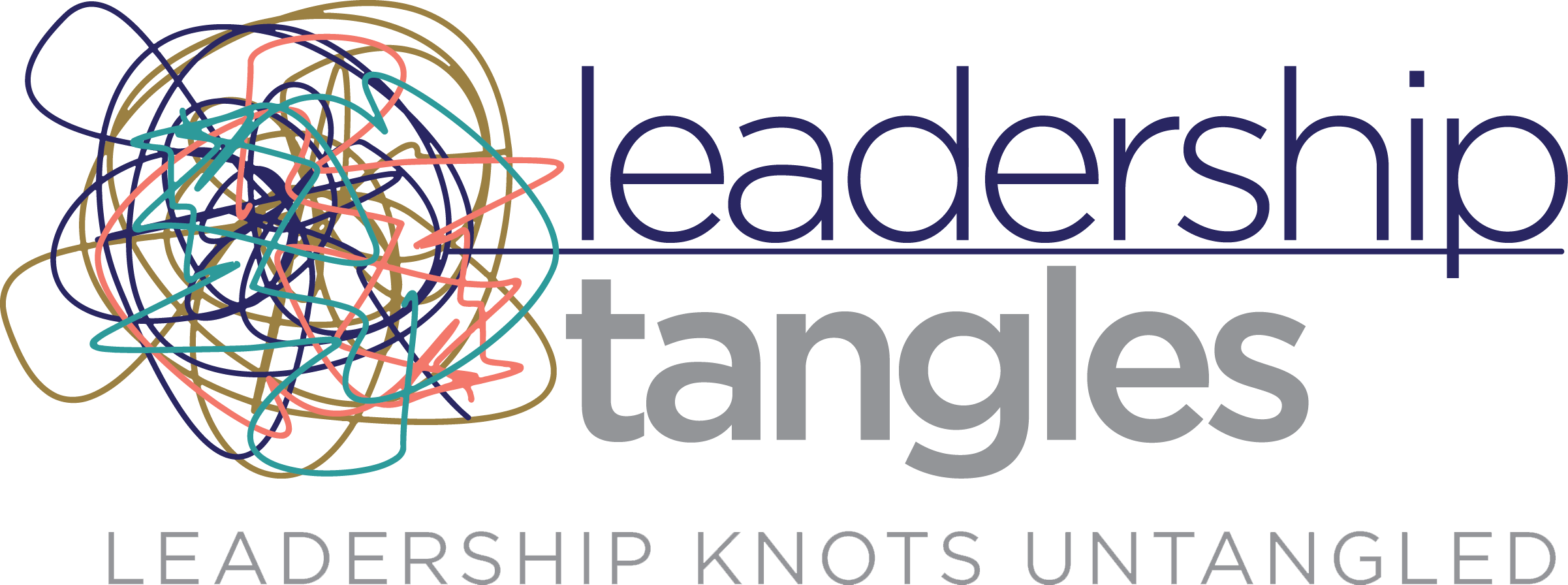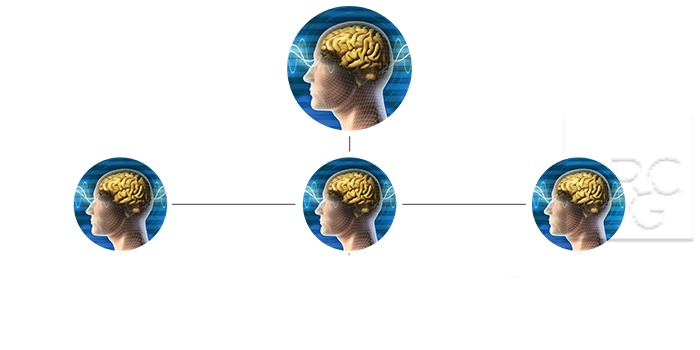.jpg)
I first wrote this post in early 2011, just after I began teaching in the MBA program at Golden Gate University as an adjunct professor. Since then, I have become a full time graduate level professor and still maintain my practice as an executive leadership consultant and coach. This continues to force me to stay current with leadership research and weave that research into a pragmatic solution for clients and business school students.
.jpg?width=460&name=UCA%20v.%20VUCA%20Banner%20(watermarked).jpg)
I have been writing about the concept of VUCA since I began this blog in 2008. I learned about the concept in 2005 while I was doing research for my doctoral disseration. I was interested in understanding how leaders were able to make sense of and untangle very complex, emotionally charged business challenges. I was very fortunate to meet someone who taught at the Industrial College of the Armed Forces in Washington, D.C. and he shared some of the leadership curriculum. It was there that I first read about VUCA in materials compiled by James O'Toole. At the time, I was struck by how well VUCA—volatility, uncertainly, complexity, and ambiguity—describes the current business environment. I have argued that we are living in a time of unprecedented VUCA. I have even done research to identify leadership characteristics necessary to thrive in VUCA.
Here is a distinction that I believe will be helpful. Leaders have always had to cope with UCA—uncertainty, complexity and ambiguity. It has always been challenging to lead a department, division, business unit, or organization. Leaders have always operated with UCA—uncertainty, complexity, and ambiguity.
What makes VUCA such a useful term today is that we are still experiencing unprecedented volatility in our marketplace and in the world. While it feels like we have regained some sense of stability since 2008 and 2009, there is a fragility to our recovery.
What makes living in a VUCA environment different than a UCA environment is one word—fear. When conditions are volatile, we tend to turn in, become conservative, and avoid risks. Negative emotions like fear restrict creativity, openness, and collaboration.
My research in to the field of neuroscience in recent years underscores the biological underpinnings of our reactions. We are wired to stay safe. Our brains are constantly scanning our environments and we pick up on threats much, much faster than rewards. In fact, it does not take much to throw us off. An awareness of our positivity to negativity ratio is important. Do you tend to magnify negative threats or do you ignore them completely? How sensitive are you to stress and how well do you manage yourself? Do you have a disciplined practice to stay calm? Matthew Lieberman from UCLA has written that early research suggests that mindfulness and meditation practices lengthen our fuse. It slows down our normal reaction enough so that we can engage our executive function and react more calmly.
Leaders who thrive in VUCA are resilient and are able to remain calm, collected, and inspire confidence in others. They can untangle their emotional reactions from current reality and summon up courage. Leadership success depends not on what the leader is doing, but who the leader is being during volatile conditions.
Are you a leader who thrives in VUCA?




